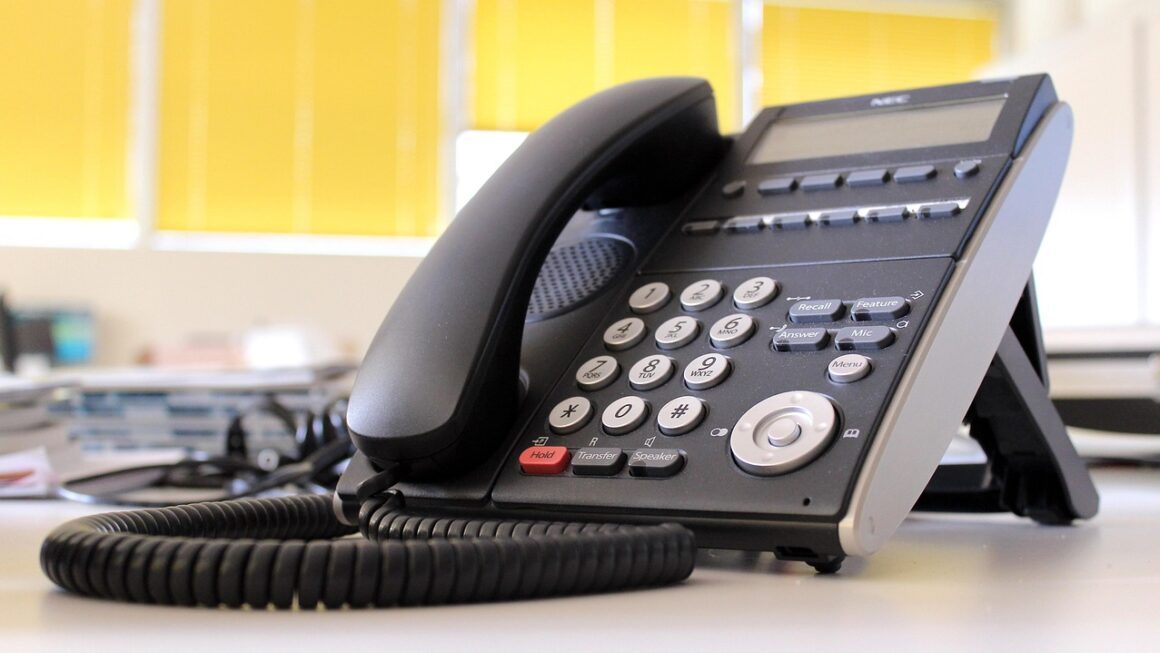Stepping onto a stage, addressing a room full of eyes, or even presenting in a virtual meeting can trigger a familiar feeling of anxiety for many. Yet, public speaking remains a crucial skill in virtually every aspect of professional and personal life. Whether you’re pitching an idea, leading a team, or advocating for a cause, the ability to communicate effectively and confidently is paramount. This guide will provide you with the essential knowledge and practical strategies to master the art of public speaking and transform your fear into a powerful tool for success.
Understanding the Fundamentals of Effective Public Speaking
Public speaking is more than just talking in front of a crowd. It’s about connecting with your audience, conveying your message clearly, and leaving a lasting impact. Mastering the fundamentals will provide a solid foundation for your journey to becoming a confident and engaging speaker.
Identifying Your Audience
- Who are they? Understand their demographics, interests, and prior knowledge of your topic. This helps you tailor your message for maximum impact.
Example: If you are presenting to a group of marketing professionals, you can use industry jargon and delve into complex marketing strategies. However, if your audience is composed of individuals with varying backgrounds, you need to simplify your language and provide sufficient context.
- What are their expectations? Are they expecting an informative presentation, a motivational speech, or a persuasive argument?
- What are their needs? What do they hope to gain from your presentation?
Defining Your Objective
- What is the key message you want to convey? Start with a clear and concise statement of your objective.
Example: Instead of vaguely aiming to “talk about climate change,” your objective could be “to persuade the audience to adopt at least one sustainable practice in their daily lives.”
- What action do you want your audience to take after hearing your presentation? Define a specific, measurable, achievable, relevant, and time-bound (SMART) goal.
- How will you measure the success of your presentation?
Structuring Your Speech
- Introduction: Grab the audience’s attention, introduce yourself and your topic, and preview your main points.
Example: Start with a compelling statistic, a relevant anecdote, or a thought-provoking question. “Did you know that 92% of consumers trust recommendations from individuals (even if they don’t know them) over brands? Today, we’ll explore how to leverage that trust through influencer marketing.”
- Body: Develop your main points with supporting evidence, examples, and stories. Organize your points logically and transition smoothly between them.
- Conclusion: Summarize your main points, restate your objective, and provide a call to action. End with a memorable closing statement.
Example: “In conclusion, we’ve seen how understanding your audience, defining your objective, and structuring your speech effectively are crucial for success. Remember to practice, embrace the process, and let your passion shine. Thank you.”
Conquering Stage Fright and Building Confidence
Fear of public speaking, known as glossophobia, is surprisingly common. Studies estimate that it affects as many as 75% of people. However, with the right strategies, you can manage your anxiety and build confidence.
Understanding the Root of Your Fear
- Identify your triggers: What specifically makes you nervous about public speaking? Is it the fear of judgment, forgetting your lines, or making mistakes?
- Challenge negative thoughts: Replace negative thoughts with positive affirmations. Instead of thinking “I’m going to fail,” try “I am prepared, and I will do my best.”
- Reframe your anxiety: View your nervousness as excitement. The adrenaline rush can actually enhance your performance.
Practicing Relaxation Techniques
- Deep breathing exercises: Practice deep, slow breathing to calm your nerves. Inhale deeply through your nose, hold for a few seconds, and exhale slowly through your mouth.
- Visualization: Visualize yourself giving a successful presentation. Imagine the audience reacting positively to your message.
- Progressive muscle relaxation: Systematically tense and relax different muscle groups to release tension.
Mastering Your Material Through Practice
- Practice, practice, practice: Rehearse your speech multiple times, both alone and in front of others.
- Record yourself: Watch the recordings to identify areas for improvement in your delivery and body language.
- Seek feedback: Ask friends, family, or colleagues to watch your presentation and provide constructive criticism.
- Familiarize yourself with the venue: Visit the venue beforehand to get comfortable with the space and the equipment.
Example: Knowing where you’ll stand, where the microphone is, and how the lighting is will reduce your anxiety on the day of your presentation.
Developing Engaging Delivery Skills
Effective delivery is key to capturing and holding your audience’s attention. It involves using your voice, body language, and visual aids to enhance your message.
Vocal Delivery Techniques
- Vary your pitch, pace, and volume: Avoid speaking in a monotone voice. Vary your vocal delivery to keep your audience engaged.
- Use pauses effectively: Pauses can emphasize key points and give your audience time to process information.
- Enunciate clearly: Speak clearly and pronounce your words correctly.
- Practice your voice: Practice vocal exercises to improve your projection and resonance.
Example: Read aloud from a book or newspaper, focusing on varying your pitch and pace.
Body Language and Nonverbal Communication
- Maintain eye contact: Connect with your audience by making eye contact with individuals throughout the room.
- Use natural gestures: Use hand gestures to emphasize your points and add visual interest to your presentation. Avoid fidgeting or distracting movements.
- Move purposefully: Move around the stage or room to engage different sections of the audience. Avoid pacing aimlessly.
- Smile: A genuine smile can make you appear more approachable and engaging.
- Dress appropriately: Choose attire that is professional and comfortable.
Utilizing Visual Aids Effectively
- Keep it simple: Avoid overcrowding your slides with too much text or distracting graphics.
- Use high-quality images and graphics: Visual aids should be clear, relevant, and visually appealing.
- Use a consistent design: Maintain a consistent font, color scheme, and layout throughout your presentation.
- Practice with your visual aids: Ensure that you are comfortable using your visual aids and that they complement your message.
- Don’t read directly from your slides: Use your slides as visual prompts, not as a script.
Crafting Compelling Content
The content of your speech is just as important as your delivery. It should be well-researched, organized, and tailored to your audience.
Researching Your Topic Thoroughly
- Gather information from reliable sources: Use credible sources such as academic journals, reputable news organizations, and industry publications.
- Cite your sources: Properly cite your sources to avoid plagiarism and maintain credibility.
- Tailor your research to your audience: Focus on information that is relevant and interesting to your audience.
Organizing Your Content Logically
- Use a clear structure: Organize your content into a logical flow, with a clear introduction, body, and conclusion.
- Use transitions effectively: Use transitional phrases and sentences to connect your ideas and guide your audience through your presentation.
* Example: Phrases like “In addition to that…” or “Building upon what we just discussed…” help create a smooth flow.
- Use headings and subheadings: Break up your content into manageable chunks with clear headings and subheadings.
Telling Stories and Using Examples
- Personal anecdotes: Share personal stories to connect with your audience on an emotional level and make your message more relatable.
- Real-world examples: Use real-world examples to illustrate your points and make your message more concrete.
- Case studies: Use case studies to demonstrate the impact of your ideas or solutions.
Handling Questions and Feedback
Responding to questions and feedback effectively is an important part of public speaking. It shows that you are engaged with your audience and that you value their input.
Preparing for Potential Questions
- Anticipate questions: Think about the questions that your audience is likely to ask and prepare your answers in advance.
- Research common objections: Identify potential objections to your ideas and develop persuasive counterarguments.
- Have supporting data ready: Be prepared to back up your claims with data and evidence.
Responding to Questions Confidently
- Listen carefully: Pay attention to the question and make sure you understand it before answering.
- Repeat the question: Repeat the question to ensure that everyone in the audience heard it and to give yourself time to formulate your answer.
- Answer clearly and concisely: Provide a clear and concise answer that directly addresses the question.
- Acknowledge the questioner: Thank the questioner for their question.
- Don’t be afraid to say “I don’t know”: If you don’t know the answer to a question, it’s better to admit it than to try to bluff your way through it. Offer to follow up with the questioner later.
Receiving and Incorporating Feedback
- Be open to feedback: View feedback as an opportunity to improve your skills.
- Listen actively: Pay attention to the feedback and ask clarifying questions if needed.
- Don’t take it personally: Remember that feedback is about your performance, not about you as a person.
- Identify areas for improvement: Focus on the specific areas that you can improve based on the feedback you received.
- Incorporate the feedback into your future presentations: Use the feedback to refine your content, delivery, and overall presentation skills.
Conclusion
Mastering public speaking is a journey that requires practice, dedication, and a willingness to learn. By understanding the fundamentals, conquering your fears, developing engaging delivery skills, crafting compelling content, and handling questions effectively, you can transform yourself into a confident and influential speaker. Embrace the challenge, practice consistently, and never stop learning. The power of effective communication is within your reach, waiting to be unlocked.




